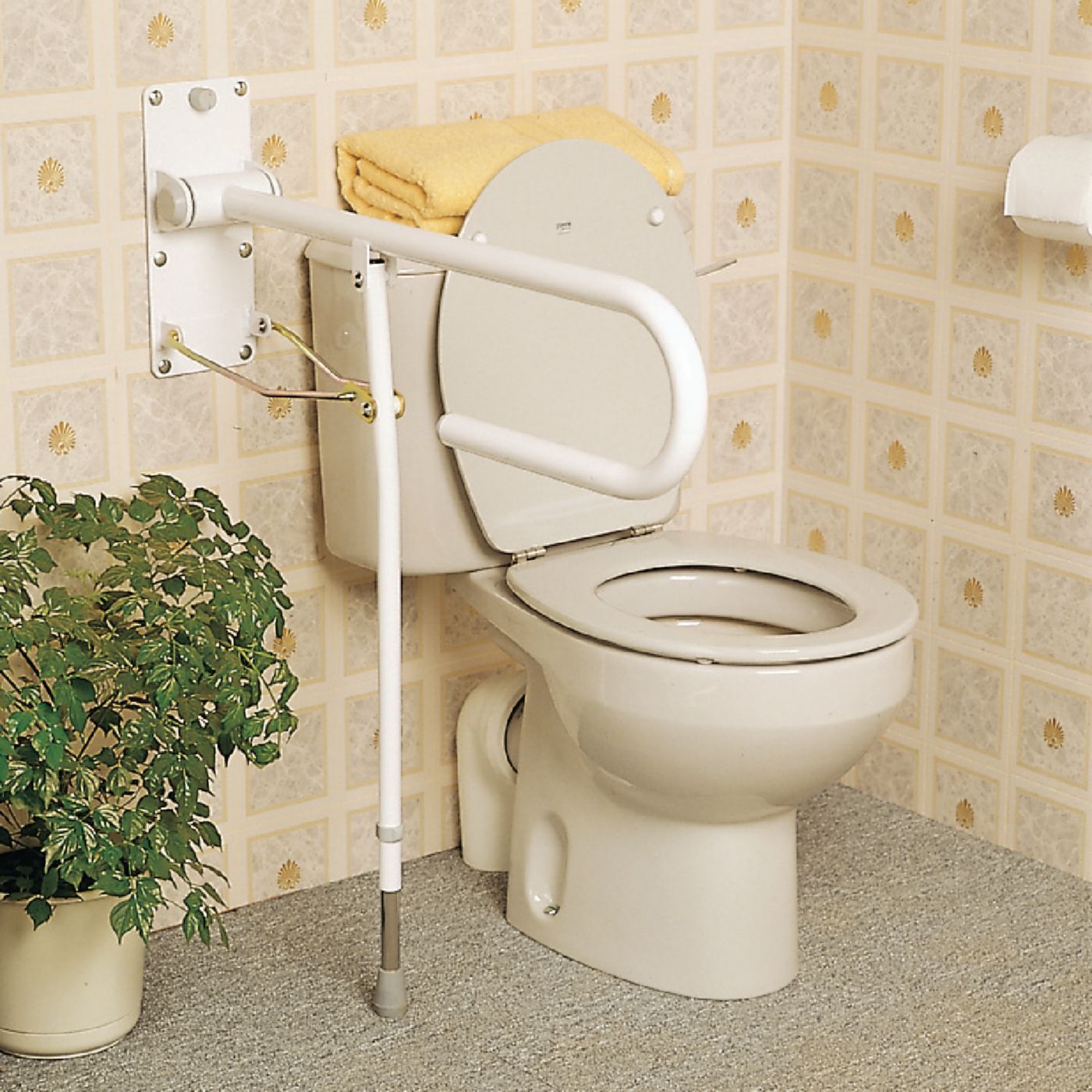
Our handicap access ramps are designed and tested to deliver a level of quality, safety, and durability that far surpasses the industry standard. All are provided expert help and exceptional customer service. That’s why we share a commitment to providing the highest quality handicap access ramps, specialty wheelchair ramps and other ADA accessibility solutions. Depicts the heights of the handrail and the top rail of a stair rail system, when the handrail and top rail are separate it does not show compliance with all provisions of the standard.As a family-owned and operated business, Rampit USA understands our customers are essential to success. Depicts the height requirement when a handrail and top rail of a stair rail system are combined it does not show compliance with all provisions of the standard.įigure 2. If you have any questions regarding this policy, please contact Sanji Kanth at (202) 693-2135 or 1. That is, heights of handrails and top rails of stair rail systems installed prior to any future FRN that meet either Figure 1 or 2 will be deemed compliant and will not need to be retrofitted. See enclosed Figure 2 for an example of a stair rail system installed after January 17, 2017.įor stair rail systems installed on or after January 17, 2017, that meet §1910.29(f)(1)(iii)(A) instead of §§1910.29(f)(1)(i) and 1910.29(f)(1)(ii)(B), OSHA will not issue citations until the intent of the standards is clarified by a FRN. The top rail must be at least 42 inches in height (§1910.29(f)(1)(ii)(B)) and the handrail must be 30 to 38 inches in height (§1910.29(f)(1)(i)) (as measured at the leading edge of the stair tread to the top surface of the rail).

For stair rail systems installed on or after January 17, 2017, the top rail and handrail must be separate.See enclosed Figure 1 for an example of a stair rail system installed before January 17, 2017.

For these stair rail systems, the top rail may serve as a handrail, provided the top rail is 36 to 38 inches in height (as measured at the leading edge of the stair tread to the top surface of the top rail) and meets all other handrail requirements in §1910.29(f). In the interim, the following guidance will apply: To clarify the Agency’s original intent, OSHA will publish a Federal Register Notice (FRN). Please note that §1910.29(f)(1)(iii)(A) applies only to stair rail systems installed prior to January 17, 2017. The preamble to the final rule states: …because the final rule requires that all stair rail systems installed on or after the effective date, which is January 17, 2017, must be at least 42 inches in height, final paragraph (f)(1)(iii)(A) is only applicable to stair rail systems installed before the effective date. Section 1910.29(f)(1)(iii)(A) allows the top rail of a stair rail system to serve as a handrail when the stair rail system is not less than 36 inches (91 cm) and not more than 38 inches (97 cm) in height. In accordance with §1910.29(f)(1)(ii)(B), the height of stair rail systems installed on or after January 17, 2017, must not be less than 42 inches (107 cm).

OSHA has received a number of inquiries about these two OSHA standards since publishing the final Walking-Working Surfaces rule on November 18, 2016. This memorandum replaces the memorandum issued on June 10, 2019, on this subject, and provides guidance to Compliance Safety and Health Officers for enforcing the handrail and stair rail system requirements at. KAPUST, Acting Directorĭirectorate of Enforcement Programs SUBJECT: Enforcement of. STATE PLAN DESIGNEES THROUGH: AMANDA EDENSĪcting Deputy Assistant Secretary FROM: PATRICK J. SeptemMEMORANDUM FOR: REGIONAL ADMINISTRATORS


 0 kommentar(er)
0 kommentar(er)
